#Joseon dynasty
Text
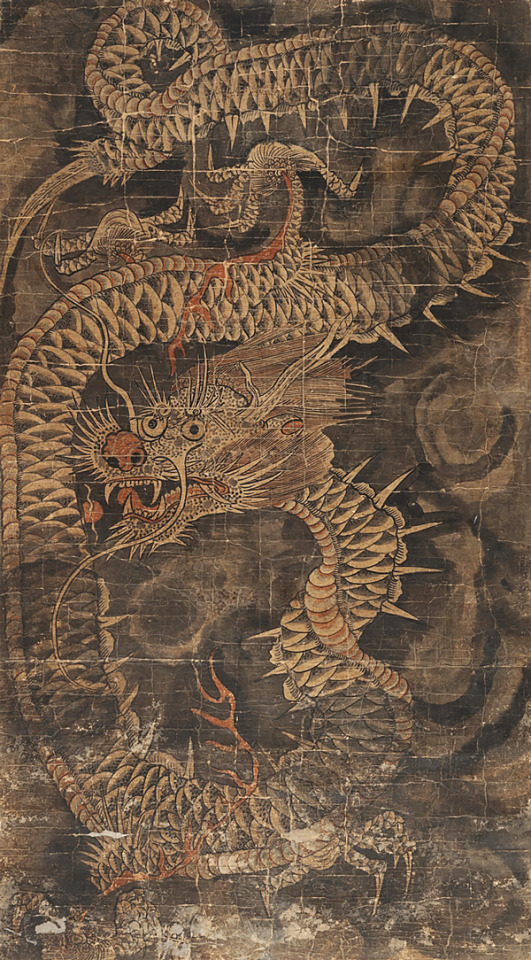
Happy Year of the Dragon
l 운룡도 Dragon in Clouds l Joseon l 19th Century l National Folk Museum of Korea
#year of the dragon#happy new year#2024#paintings#art#national folk museum#korea#new year's day#korean#19th century#joseon dynasty#south korea#seoul#lunar new year#dragon#blue dragon
663 notes
·
View notes
Text

@/Byeonduck_: “즐거운 한가위 되세요~” (x)
#I KNEW IT WAS SUS WHY SHE DIDNT POST A CHUSEOK PICTURE EARLIER#야화첩#yoonseungho#baek nakyum#yaoi#lezhin#manhwa#potn#painter of the night#yahwacheop#boys love#art#webtoon#joseon dynasty#gay#gay art
108 notes
·
View notes
Text
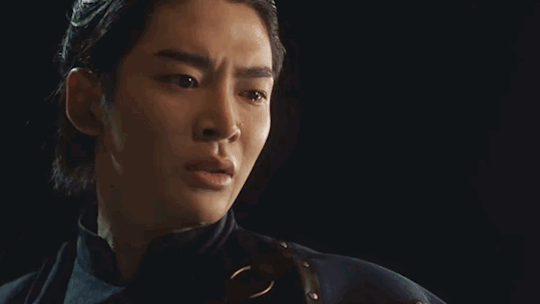

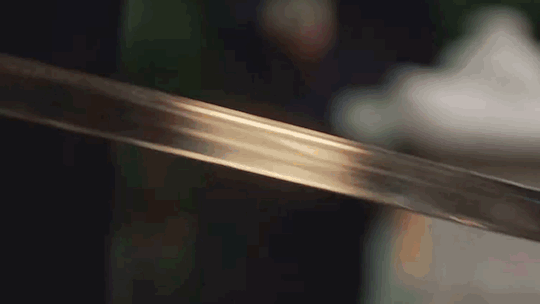


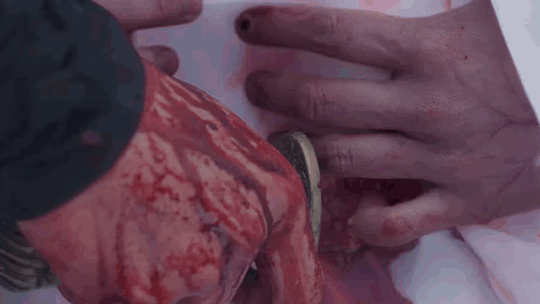
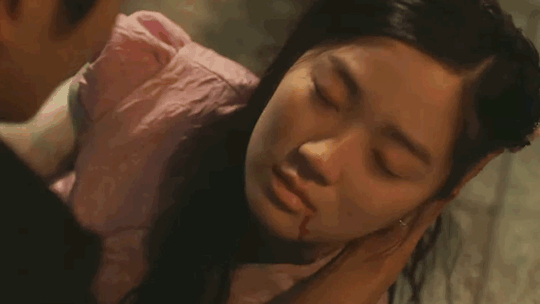
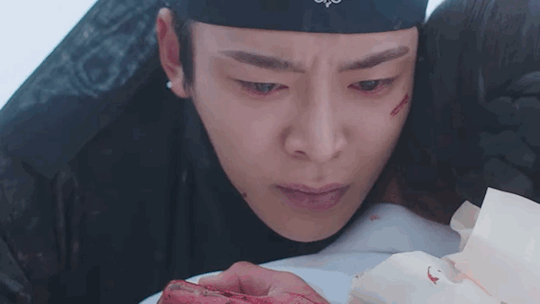


if i had a nickel every time the joseon dynasty version of rowoons character stabs and kills the joseon dynasty version of his girlfriend i’d had to nickels which isn’t a lot but it’s weird that it happened twice…
#recommandations#my gifs#netflix#kdrama#extraordinary you#destined with you#rowoon#sf9#jang sin yu#aeng cho#hong jo#dan oh x haru#tw blood#joseon dynasty
59 notes
·
View notes
Text

Why These Imperfect Korean ‘Moon Jars’ Sell for Millions
Old, round, imperfect and beautiful — that’s how fans of Korean art describe the moon jar, or “dalhangari.”
These unassuming, plain white pots have entranced everyone from rapper RM, of K-pop sensation BTS, to philosopher Alain de Botton.
The former director of London’s Victoria and Albert Museum, Beth McKillop, has called the moon jar an “icon of Korean identity.” And if price is any indicator of popularity, one recently sold for over $4.5 million at a Christie’s auction.
This month, a rare example from the late 17th or early 18th century will go on sale at Sotheby’s in New York, where it’s expected to fetch more than $3 million.
“A large moon jar has always been expensive, but I think the big uptick in prices and value is… because their appeal is now global,” said Angela McAteer, Sotheby’s international head of Chinese art for the Americas and Europe, over video call. “You’ve got an international cohort of bidders competing for them, so it’s gone beyond the traditional connoisseur collecting community of Korean art.”

Huge price tags also result from the jars’ rarity. Although made for over a century in the royal kilns of Korea’s last kingdom, the Joseon dynasty, few are thought to exist today. Estimates for the number of larger ones (those more than 40 centimeters, or 15.7 inches, tall and wide) that have survived over the years range from 12 to 30.
Having passed through auction houses and antique dealers across the world, several of these are now in the collections of institutions like the British Museum and Boston’s Museum of Fine Arts, as well as in the hands of private collectors.
‘Owning a piece of happiness’
The first moon jars were created in the royal kilns in Gwangju (a city just outside Seoul, not the larger southern city of the same name) from 1650 to 1750. They were made from pure white porcelain and kaolin clay, and, following the neo-Confucian fashions of their day, the pots reflected values such as propriety, humility, frugality and purity. They were likely used at court and in upper-class homes as containers for food and liquids, or as decorative vessels.
In the mid-20th century, moon jars began gaining international appreciation thanks to influential admirers such as Japanese folk crafts scholar Yanagi Soetsu and British potter Bernard Leach, who bought one from a Seoul antique store in 1935. Leach once said that having a moon jar was like “owning a piece of happiness,” and would later give his to fellow potter Lucie Rie for safekeeping during World War II. It stayed in her studio until her death and was later acquired by the British Museum.
Charlotte Horlyck, lecturer in Korean Art History at the University of London’s School of Oriental and African Studies, wrote in the Art Bulletin journal that after World War II the moon jar “caught the attention of an early generation of postcolonial Korean artists and scholars who sought to restore Korean art history and national identity,” as the pieces “resonated with the visual language of international modernism and minimalism of the mid-20th century while remaining a distinctly Korean work of art.”
The moon jar’s allure
When Sotheby’s announced its forthcoming sale, the auction house described its 44-centimeter (17.3-inch) moon jar as an object that inspired, astounded and soothed those who “stand in its presence.” It’s a funny thing to say about a pot, to speak as if it’s alive, but the jars’ visceral, emotional impact on people is something that comes up time and time again in the literature.

Choi Sunu, a former director of the National Museum of Korea, has described the museum’s moon jars as being like companions, or muses that have inspired his writing and stirred his creativity. Bernard Leach admired the pots for their “natural unselfconsciousness.” In 2012, South Korea’s then-Unification Minister Yu Woo-ik used the pot as a metaphor symbolizing a reunified Korean peninsula (moon jars are created in two hemispherical pieces and joined in the middle).
More recently the rapper RM, of K-pop group BTS, posted a picture of himself hugging a modern-day moon jar on Twitter, telling fans that the pots made him feel calm.
“It’s hard for someone to really comprehend how a pot can make you feel that way,” said McAteer. “It has this real meditative presence. If you’ve sat in front of a great (painting by US artist, Mark) Rothko and you feel this kind of palpable energy emanate from it, and you could sit for hours and just feel something in its presence — the moon jar has that too.”
“The more you look at it, the more there is to see. It looks different from every angle,” she added. “We had real issues with the photography and the catalog because it looks like a different piece every time you rotate it, or you change the lighting. The surface is just alive, you know.”
“You can see how the glaze coalesces; you see these spontaneous bursts of this blush color that’s happening in the firing. You can lose yourself in its surface.”
Modern masters
Modern Korean potters have been inspired by the jars, and a number have come up with their own homages. Ceramist Kim Syyong covers his pots with a black glaze, while Yun Ju Cheol’s versions look spikier like a pufferfish and Choi Bo Ram’s unvarnished, textured blue vases have a denim-like quality.
Others, like Kwon Dae Sup, have looked to closely recreate the process used by the potters of yore. The 71-year-old ceramist produces unadorned white jars and allows for all the beautiful imperfections produced to shine through. He works out of a studio in Gwangju, where the royal kilns that produced moon jars were once located.


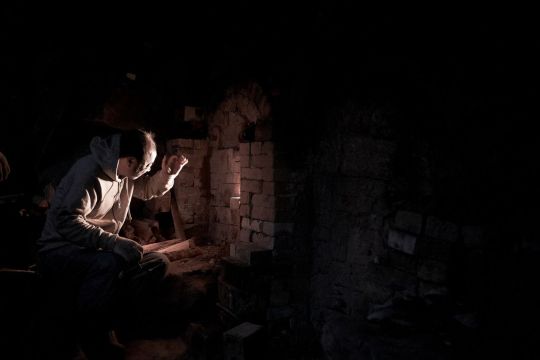
There’s a great deal of preparation that goes into making a moon jar traditionally. It’s labor-intensive: washing, sifting impurities from the clay, kneading and rolling it to remove air bubbles, carrying around these large hunks, not to mention hand throwing the clay itself to that oversized bowl shape without collapsing, and the work keeping a pine wood fire burning for 24 hours while the pot hardens in the kiln. Kwon also built his own kiln to replicate the old process as closely as possible.
“I do this because it’s fun,” he said in a phone interview. “Every time I make something, it’s novel … The quality of the material is different every time. The conditions in which I make the pots is new every time.”
Kwon said he also feels an emotional connection to the moon jar. As a student he was so moved by a one he saw in a Korean antique store that he decided they would be his life’s work. “They feel alive,” he said.
In a 2019 book on his work by Axel Vervoodt Gallery the potter is quoted saying he tries to produce art that needs no addition or subtraction. “I wish to create work that has an imposing presence but harmonizes with its surroundings regardless of where and when it is displayed. It should give peace of mind and a sense of comfort to all who look at it.”
By Christy Choi.
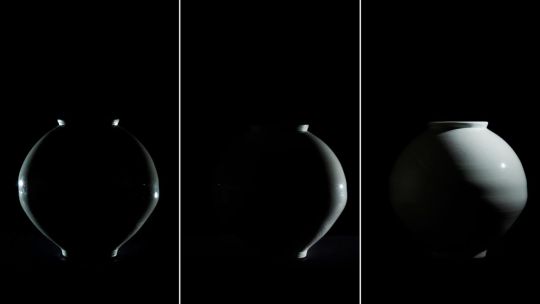
#Moon Jars#Why These Imperfect Korean ‘Moon Jars’ Sell for Millions#Dalhangari#Joseon dynasty#pottery#porcelain#Bernard Leach#Lucie Rie#Kwon Dae Sup#ancient artifacts#archeology#archeolgst#history#history news#ancient history#ancient culture#ancient civilizations#korean history#korean art#art#artist#art work#art world#art news#long reads
126 notes
·
View notes
Text

I really should stop watching K-Drama.
Here's AFO wearing a Hanbok and being a literal Cruel Demon King without mercy to whomever defied him as a king in Joseon Dynasty. And he's pissed off-
This is inspired from "Mr. Queen" This series is so dope asf. And I like the King's Outfit mann. Couldn't help but imagine AFO wearing this. It suits him very well considering the color red partners with his red eyes and white hair as well. I know men in that time should have long hair but I can't imagine AFO having a long hair mann T AT) He'd looks like Tomuraaa.
#all for one#bnha#afo#mha#my hero academia#boku no hero academia#mha fanart#allforone#bnha afo#joseon dynasty#The Cruel King of Joseon Period#Rei's AFO Art
56 notes
·
View notes
Text
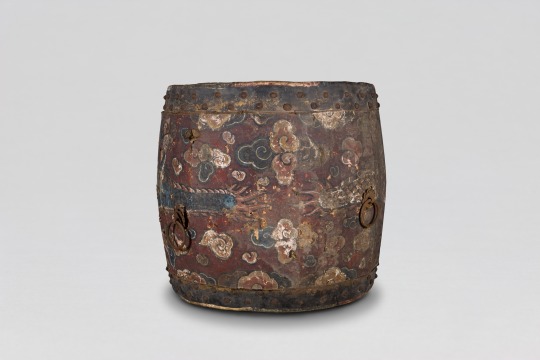
Drum
Korea, Joseon Dynasty
19 notes
·
View notes
Text
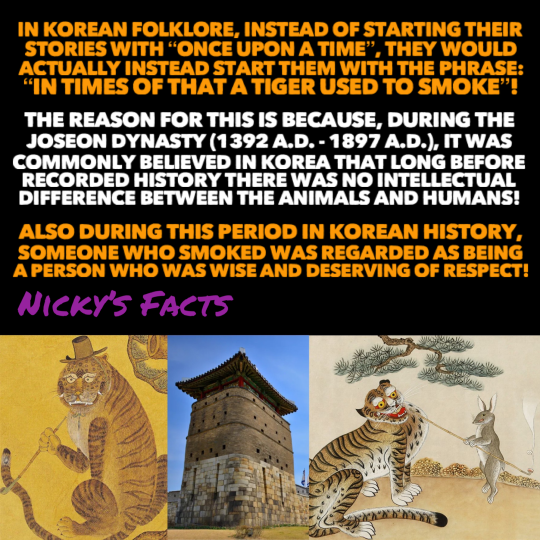
Korean legends come from a time before a intervention was held for the tigers involving their smoking addiction!😂
🚬🐅
#history#korea#in times of that a tiger used to smoke#folklore#tiger#once upon a time#korean history#joseon dynasty#fairy girl#fairycore#asia#animal history#smoking#korean culture#folktales#legend#historical writing#fairy tales#animals#phrase#korean folklore#nickys facts
56 notes
·
View notes
Text
Worldbuilding: Loading Cultural Bullets
Here’s an underused story setting element that might come up more often; the diplomatic cultural visit.
Up until fairly modern times, sending a full-time ambassador to a foreign land to hang around and pass diplomatic messages back and forth was... not so much of a thing. Travel was hard, groups mostly only came into contact on borders (suspicious) and through merchant trade (desirable and so even more suspicious). Nobody sane deliberately went to another land to put themselves in the middle of politics. That’s the kind of thing that could result in your head and your neck parting ways, very messily. See the history of the Polo family (yes, that Polo, named Marco) desperately trying to come up with excuse after excuse to leave the court of Kublai Khan when it became evident the ruler was on the way out.
So generally what happened instead was that an ambassador’s party would be sent on a semi-regular basis - reign changes, every few years, sometimes both - to bring tidings of well-wishes, death threats, and what have you. Messages would be exchanged, pomp and splendor would be seen, trade would happen (sometimes under the guise of tribute and return-gifts), and any survivors would then return to their country of origin. If they were lucky.
And then there might be less regular embassies, often to show off your home culture to the people you were trying to impress. A few examples include the treasure fleets of Zheng He, a massive display of Ming Dynasty power and technology around the coasts all the way to India; the Great White Fleet of Theodore Roosevelt, meant to impress upon Europe and other places (including Japan) that the U.S. was no mere scrabbling frontier nation but a force to be reckoned with; and the T’ongsinsa of Joseon Korea visiting Tokugawa Japan.
Those last visits actually shared some motives in common with the Great White Fleet, to deter war with Japan. Though Joseon’s aim (besides hoping to avoid any repeat of the Imjin War) was also to show how civilized they were, and exchange a lot of literary and cultural knowledge. It apparently was a visit eagerly looked forward to on both sides; even if sometimes individuals couldn’t talk to each other, a shared intellectual knowledge of Chinese made a lot of brush-talk possible, and the poetry exchanges were apparently Not To Be Missed.
Consider all this as a setting for your characters. They could be directly involved in the embassy. They could be random scholars or adventurers hoping to meet the embassy, or steal their secrets, or just get a glimpse of the spectacle. They could be the poor beleaguered local law enforcers who have to maintain security when feelings are running high. Just ask any con staff who’s wrangled SF fans how tense it can get! What are the cultures in your world? Who might they want to show off to?
42 notes
·
View notes
Text
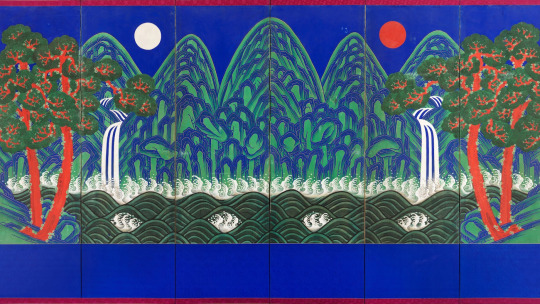
Sun, Moon, and Five Peaks, artist unrecorded, paint on silk folding screen, Korea, Joseon dynasty, 19th–early 20th century. From the National Palace Museum of Korea. Via www.x-traonline.org.
27 notes
·
View notes
Text
Day 37 - JoeHills
Joseon dynasty AU

159 notes
·
View notes
Text
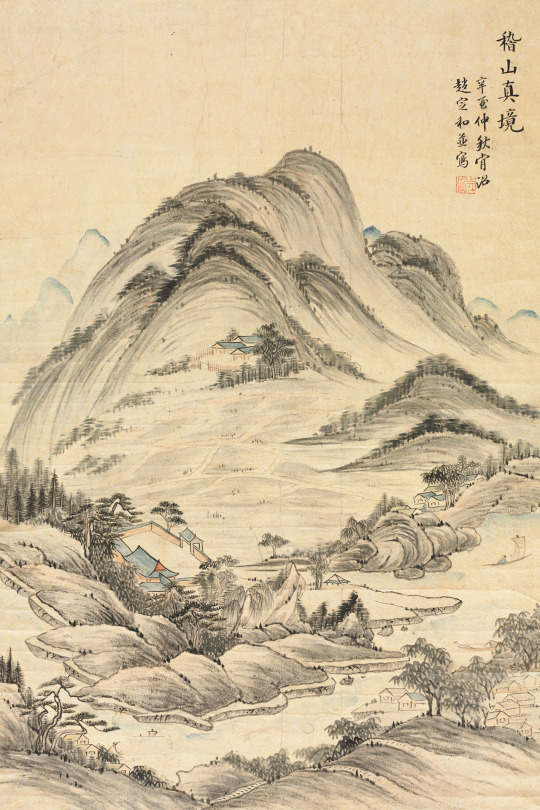
"Landscape with Streams and Mountains" (계 선 진 경 도), Korean painting (late 1700s or early 1800s) of the Joseon Period.
Visit Pittoresko for more Vintage Korean Art Prints. pittoresko.etsy.com
#south korean art#korea aesthetic#korean painting#south korea#korean aesthetic#korean#joseon era#joseon dynasty#joseon#goryeo#vintage aesthetic#vintage posters#vintage illustration#vintage prints#vintage art#landscape aesthetic#landscape art#landscape painting#asian art#asian aesthetic#mountain painting#mountain art#etsyvintage#etsy art prints#etsy store#etsy printables#etsy seller#etsy shop
84 notes
·
View notes
Text
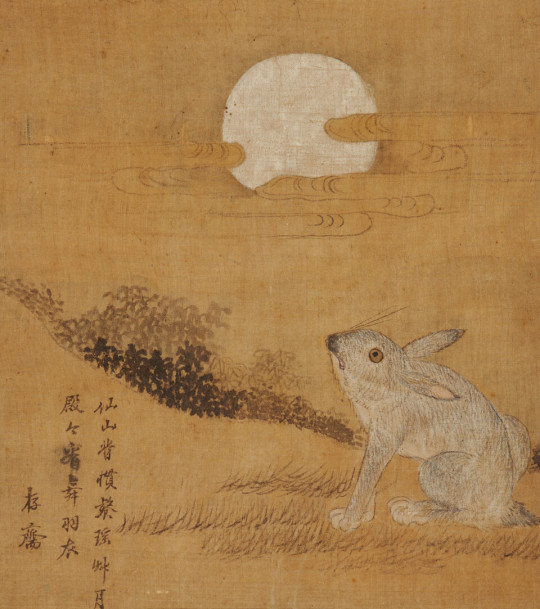
Happy Year of the Rabbit
l 19th Century, Joseon l National Museum of Korea
#year of the rabbit#rabbits#happy new year#seollal#설날#south korea#19th century#1800s#2023#art#painting#lunar new year#korean#korea#joseon dynasty
276 notes
·
View notes
Text

26 notes
·
View notes
Text
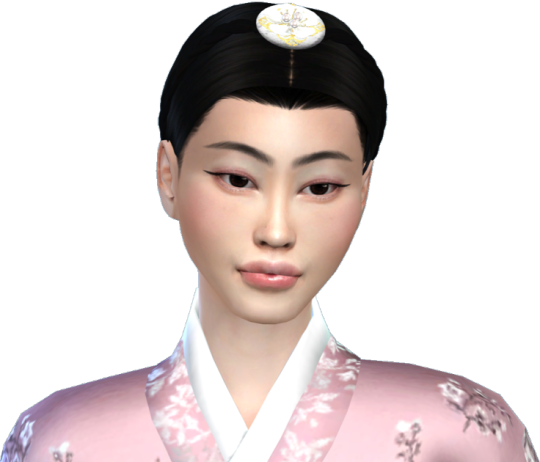



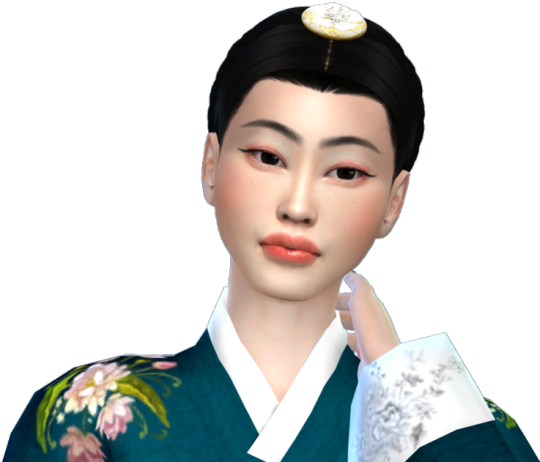
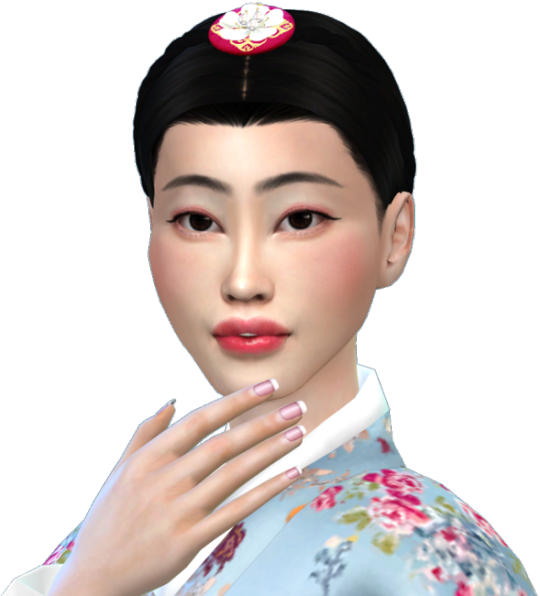


TS4 - Lady (Agissi)
Tray Files
#missmagoo2#the sims 4#sims4#the sims cc#sims 4#sims 4 cc#alpha cc#korean#joseon era#joseon dynasty#atelierlena#lookbook#korea#south korea
4 notes
·
View notes
Text
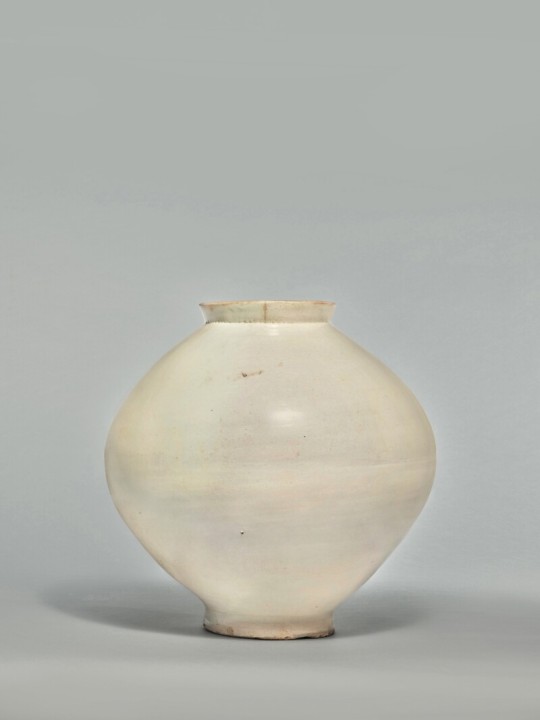
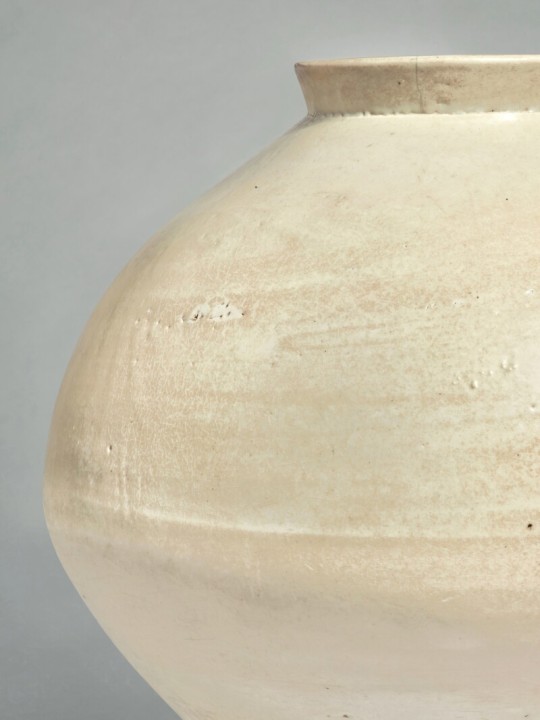

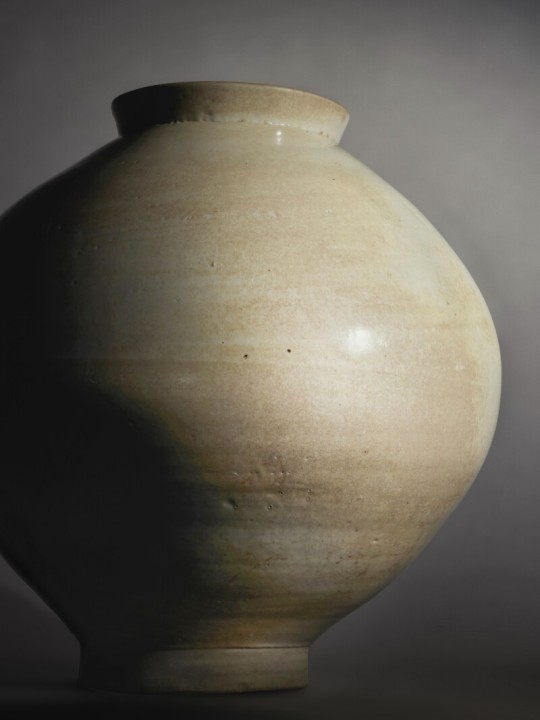
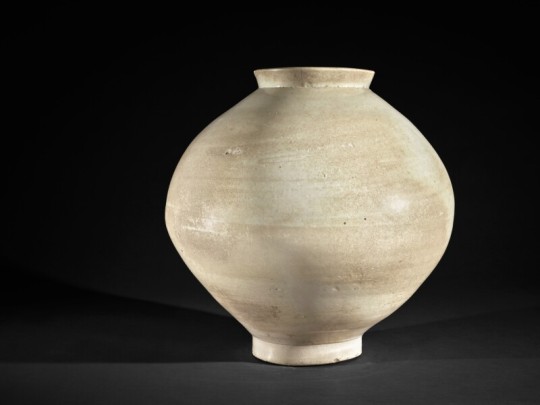
An important white-glazed moon jar
Joseon dynasty, late 17th / early 18th century
Height 45.2 cm; Diameter 45.4 cm.
#Moon Jar#An important white-glazed moon jar#Joseon dynasty#late 17th / early 18th century#pottery#ceramics#porcelain#ancient artifacts#archeology#archeolgst#history#history news#ancient history#ancient culture#ancient civilizations#korean history#korean art
120 notes
·
View notes
Photo

Portrait of Emperor Gojong, Chae Yongsin
Audio Commentary by Kim Namjoon
Transcription
The man in this portrait is Emperor Gojong, who was formerly known as King Gojong, the last king of the Joseon dynasty. In 1897, with his nation’s sovereignty under threat from foreign powers, King Gojong brought an end to the 500-year history of the Joseon dynasty and changed the name of his country to the “Korean Empire.” In an effort to maintain independence, Emperor Gojong actively promoted Korean history and culture on the international stage while embracing new cultures and technologies from around the world. But in 1907, Japan forced Emperor Gojong to abdicate, and he was replaced by his son, who became Emperor Sunjong. In 1910, Japan completed its annexation of Korea, and the name of the country was changed back to “Joseon.”
This portrait was painted by Chae Yongsin, who originally served as a military officer before being appointed as the royal portraitist in 1901. Emperor Gojong highly praised Chae Yongsin for painting extremely vivid portraits that were as lifelike as photographs, while still upholding the style of traditional portraits. The emperor thus rewarded Chae Yongsin with a government post and granted him the honorable pen name of “Seokgang.” But in 1905, after Korea lost its diplomatic sovereignty as a result of the second Japan-Korea Agreement, Chae retired from his post and moved to the country, where he could focus all of his time and energy on painting.
According to the inscription on the upper right of the painting, this is Chae’s copy of his the official portrait of Emperor Gojong, which he had painted in 1901, when the emperor was forty-nine years old. This copy was painted in 1920, about a year after the death of Emperor Gojong, who had spent his final years under close surveillance by the Japanese. Likely intended to commemorate the late emperor, this copy matches the appearance of the original but is smaller in size, to suit the needs of whoever commissioned the work.
#korean art#chae yongsin#Portrait of Emperor Gojong#joseon dynasty#art#paintings#lacma#lacmamuseum#the space in between#the modern in korean art#rm#kim namjoon#bts#rm narrations#history#art history#dark academia#rm audio commentary#joonie 🌼
77 notes
·
View notes